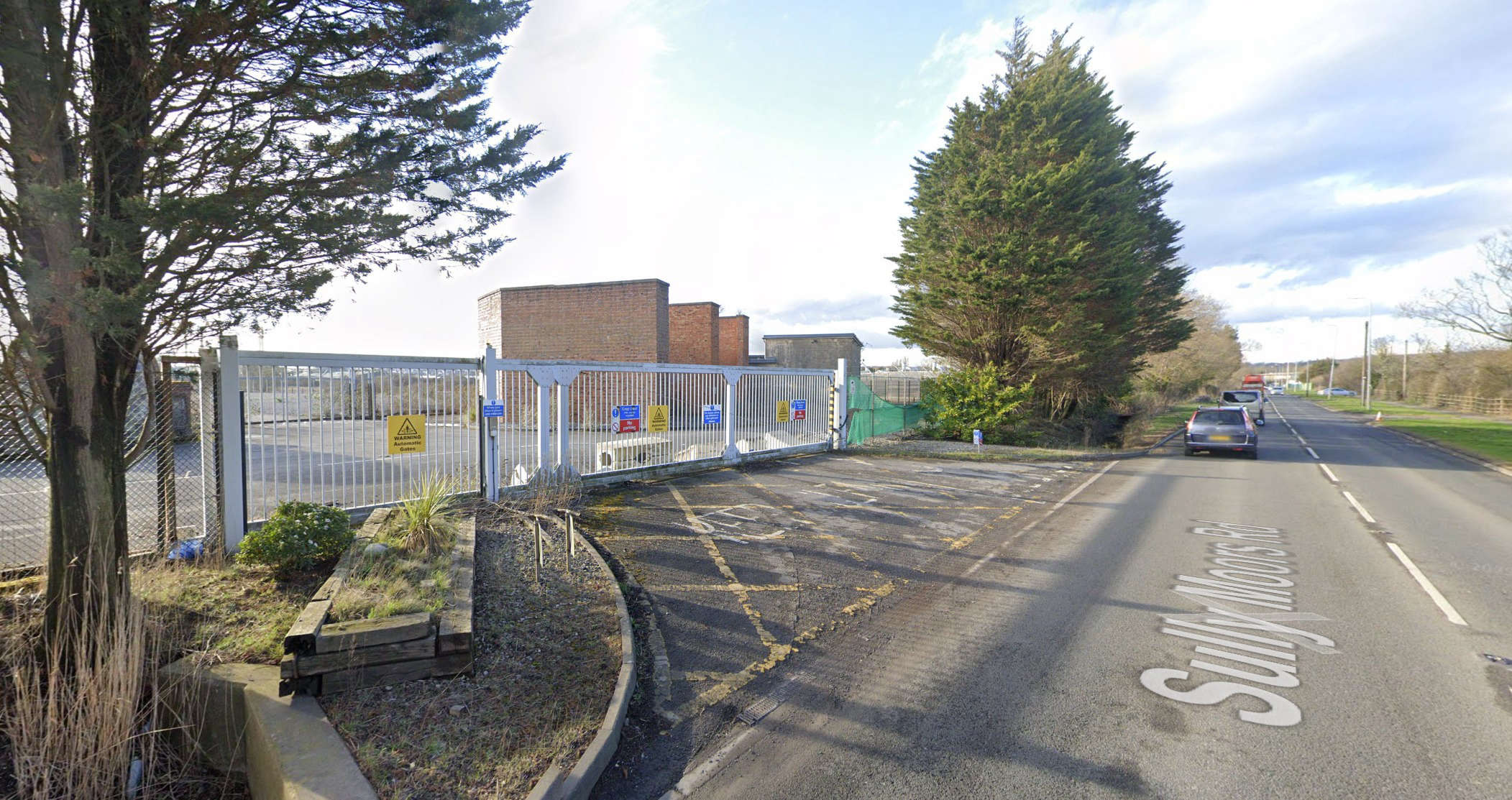
A former plastics factory in Barry could be cleared of a special planning status that currently restricts development there.
Vale Council’s planning committee gave their support to plans to revoke hazardous substances consents on land to the west of Sully Moors Road, which was formerly occupied by the Ineos Chlorovinyls plant.
The plant, which closed in 2010, used to produce polyvinyl chloride (PVC). The site has three hazardous substances consents attached to it, dating back to 1992, 2001, and 2002, that allowed hazardous chemicals and substances to be stored there.
Even though the plant ceased to operate in 2010, the Health and Safety Executive (HSE) protection zones on and around the site are still in place and it is these that can restrict future development.
Ian Robinson, head of sustainable development at Vale Council, said: "The revocation of this in no way proposes development but what it means is a historical barrier to appropriate development or a barrier to development that…now could be appropriate still exists."
“In order to remove that barrier the hazardous substances consents need to be revoked and the process for that is set out essentially in the recommendations with this report.”
Mr Robinson said the committee’s approval would not seal the revocation of the hazardous substances consents and this would need to be confirmed by the Welsh Government.
However, it does mark the first step in opening up opportunities for future development on the site.
A report by the council states that it is allowed to propose a revocation of hazardous substances consents if it appears that none of the substances subject to them have been present on site for more than five years.
The same report states that the former PVC site has not been registered under the Control of Major Accident Hazards (COMAH) regulations since 2010 and that it has been largely vacant of buildings for a significant period of time.

The report continues: “Notably, the storage containers are no longer in situ. Therefore it is reasonable to conclude that the hazardous substances subject to the consents have not been present on site for more than five years.”
A member of the council's planning committee, Cllr Ian Johnson, asked how the local authority came across the site and its attached consents.
Mr Robinson said: “The LDP team recently have been carrying out an urban capacity study of Barry and Penarth as part of the LDP work."
“The reason being to try and establish what capacity there is there potentially within our main settlements to accommodate growth."
“That goes hand in hand with us trying to determine what we propose as a level of growth on new sites."
“As part of that process we were looking at land in around this area and a little bit of digging there revealed that this use wasn’t ongoing and actually the use related to those protective rings wasn’t ongoing anymore.”
Local development plans (LDPs) are used by councils to determine which areas of land it should use for future development.
Vale Council’s replacement LDP (RLDP) is currently being prepared and is at a stage where potential sites for housing and employment developments are being looked at.
This stage, called the pre-deposit preparation and participation stage, also involves looking at what levels of population growth the plan should be based on and getting the views of various stakeholders on what the best strategy would be for the county.
In its search for land to allow future construction on the council has looked at brownfield sites, which are pieces of land previously occupied by developments but now underutilised or not used at all, and greenfield sites, which are areas of land that have not been developed on.
Mr Robinson added in his answer to Cllr Johnson: “When we get to plan examination for the LDP, I would imagine the inspector is going to want us to demonstrate that we’ve exhausted opportunities for development in our most sustainable settlements before looking at greenfield sites.”




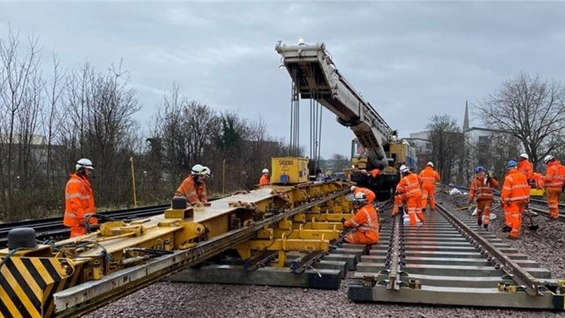 Vale line closes for engineering works
Vale line closes for engineering works
 Freedom of the Vale for RNLI volunteers
Freedom of the Vale for RNLI volunteers
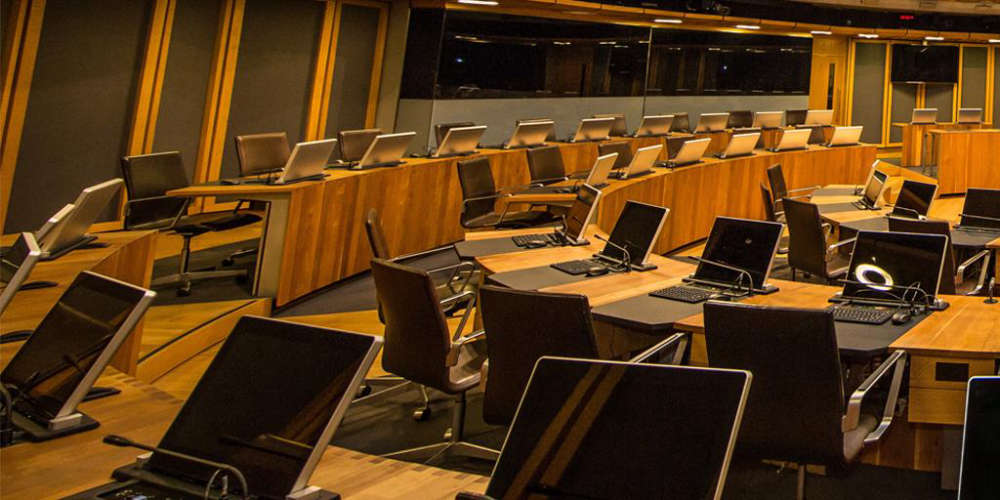 Senedd moving out of Siambr
Senedd moving out of Siambr
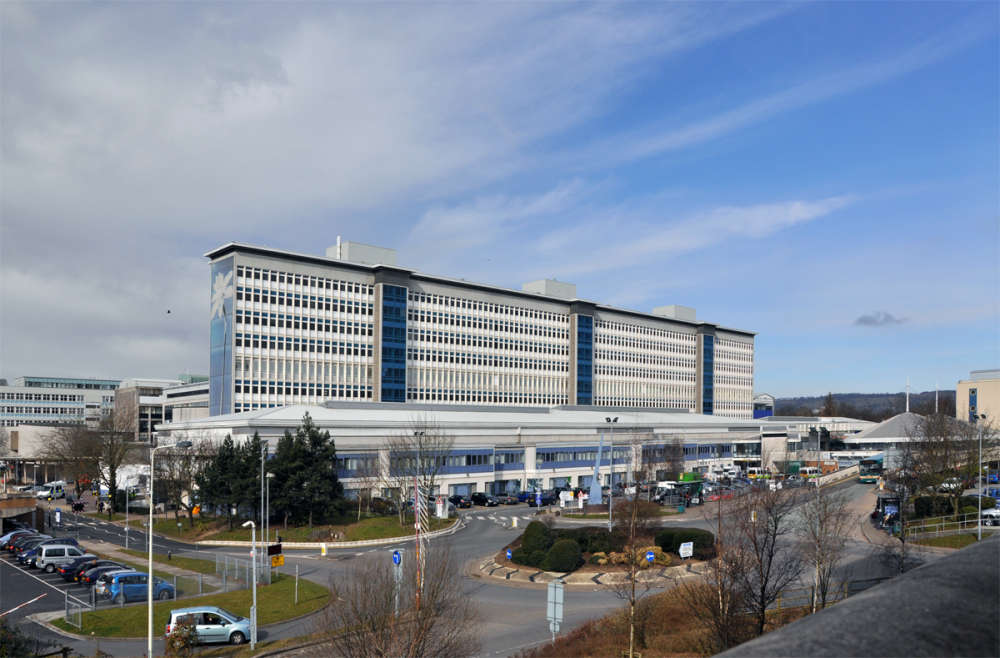 Norovirus: hospital pressure 'exceptional'
Norovirus: hospital pressure 'exceptional'
 Morgan grilled over £4.8bn benefit cuts
Morgan grilled over £4.8bn benefit cuts
 Barry Bike Club to return
Barry Bike Club to return
 St David bravery award for Penarth lifesaver
St David bravery award for Penarth lifesaver
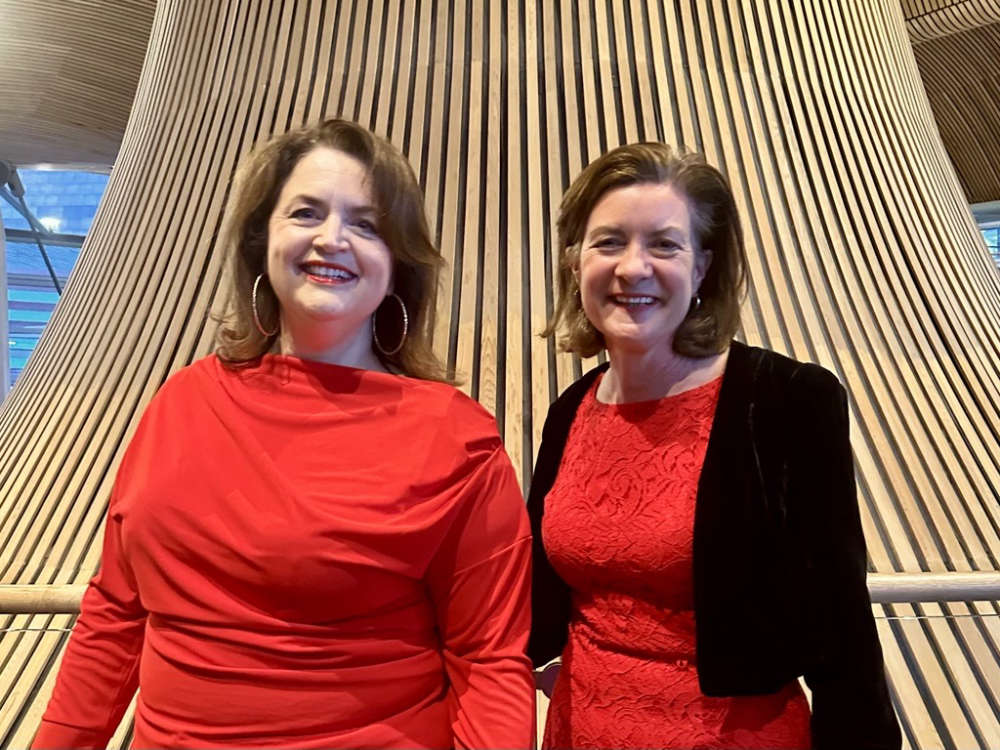 Ruth Jones honoured with St David Award
Ruth Jones honoured with St David Award
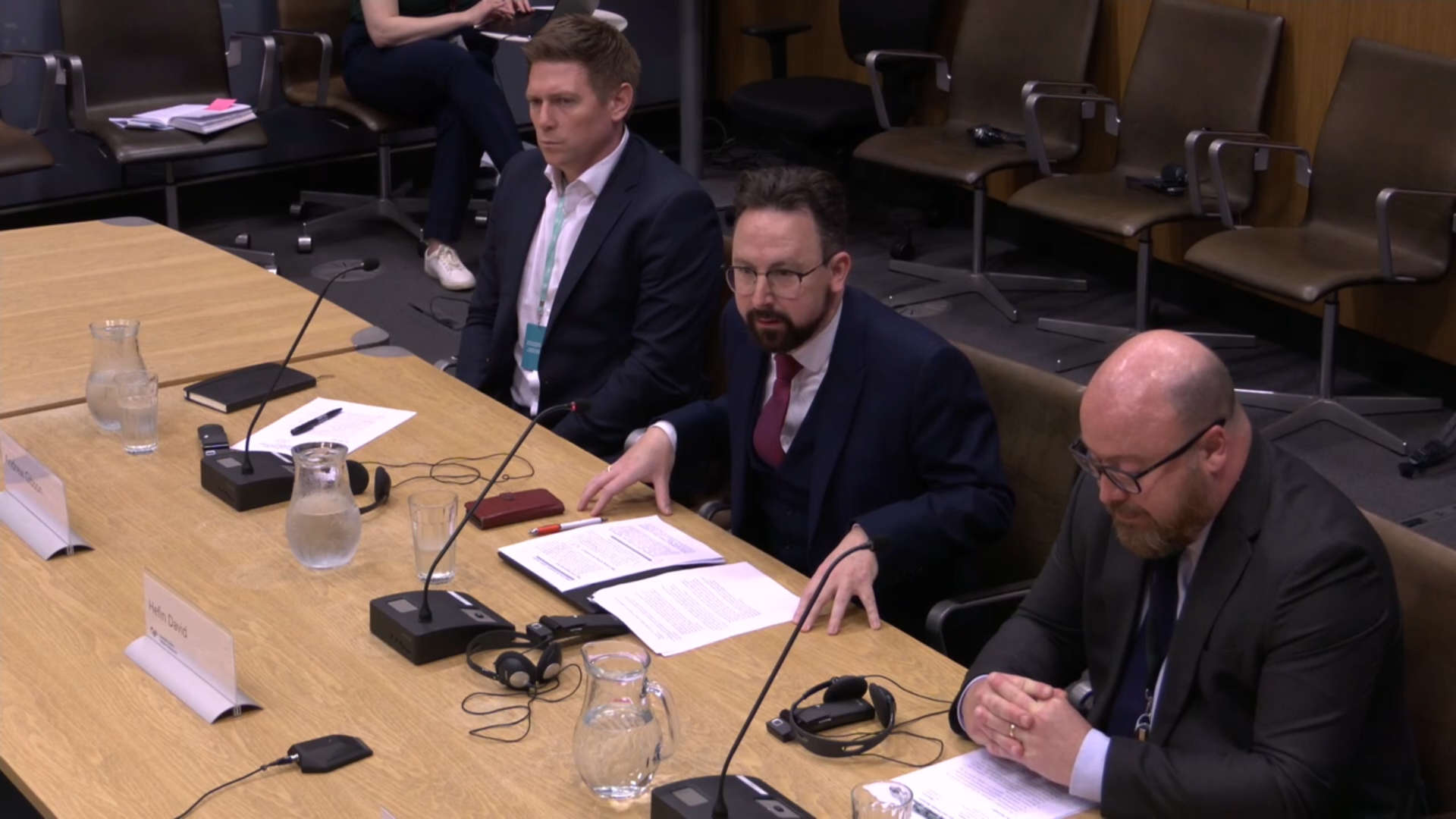 Plans for ‘crumbling’ Senedd offices face scrutiny
Plans for ‘crumbling’ Senedd offices face scrutiny
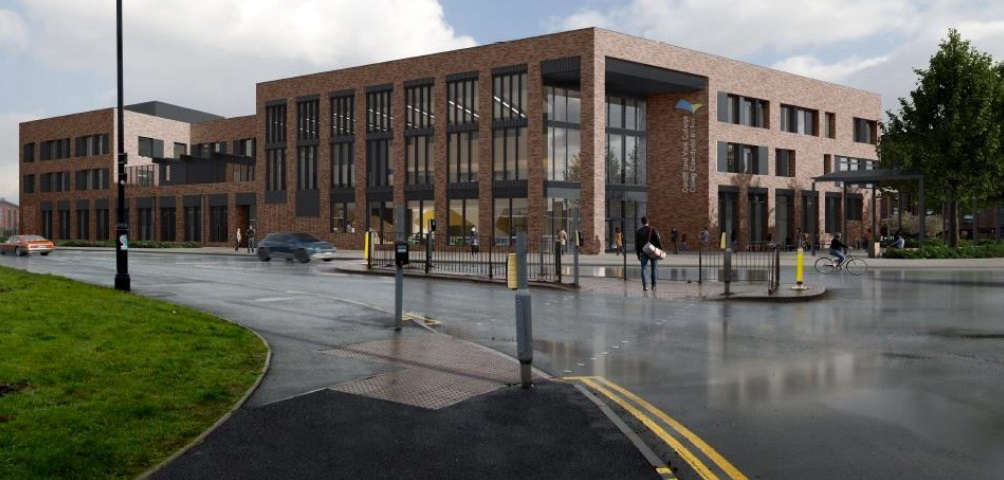 Work to start on new Vale campuses
Work to start on new Vale campuses
 Barry Company launches world's first edible soap
Barry Company launches world's first edible soap
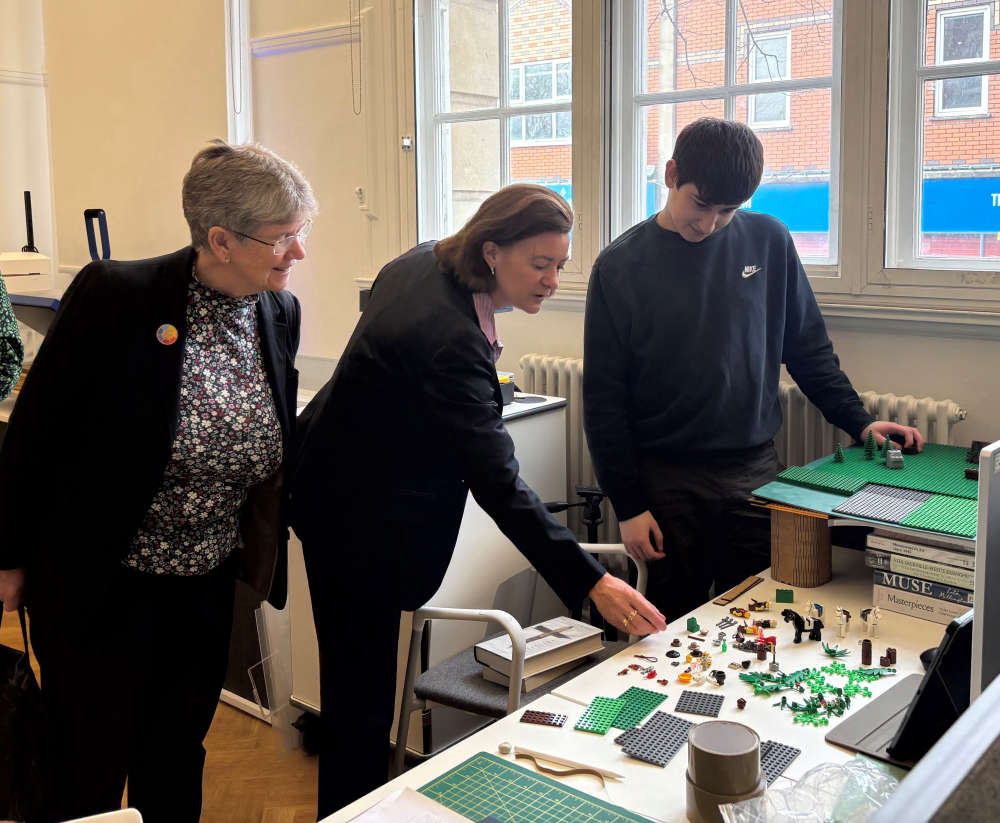 First Minister visits Barry Makerspace
First Minister visits Barry Makerspace
 Council's housing waiting list grows again
Council's housing waiting list grows again
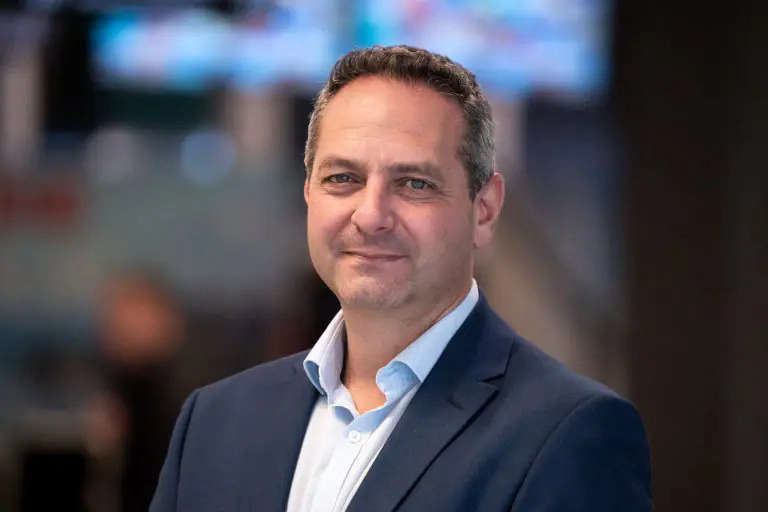 Cardiff Airport's chief exeuctive quits
Cardiff Airport's chief exeuctive quits
 Norovirus: hospital visitor ban extended
Norovirus: hospital visitor ban extended
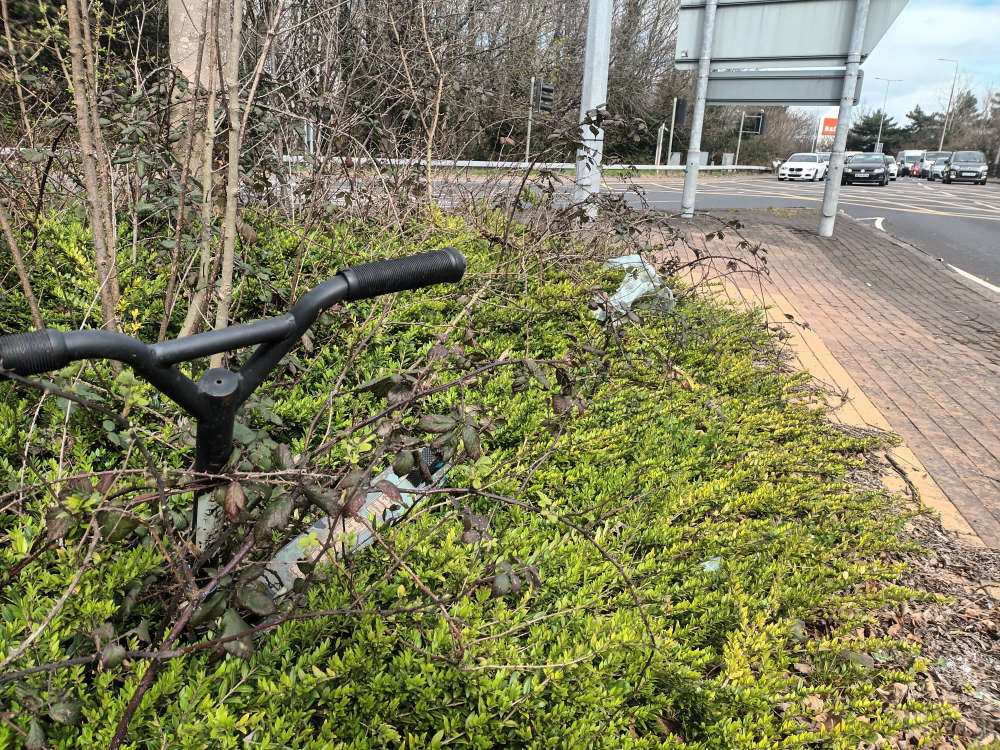 Littering on the increase, charity warns
Littering on the increase, charity warns
 Hot Chicks – 'powerfully performed yet disappointingly stereotypical'
Hot Chicks – 'powerfully performed yet disappointingly stereotypical'
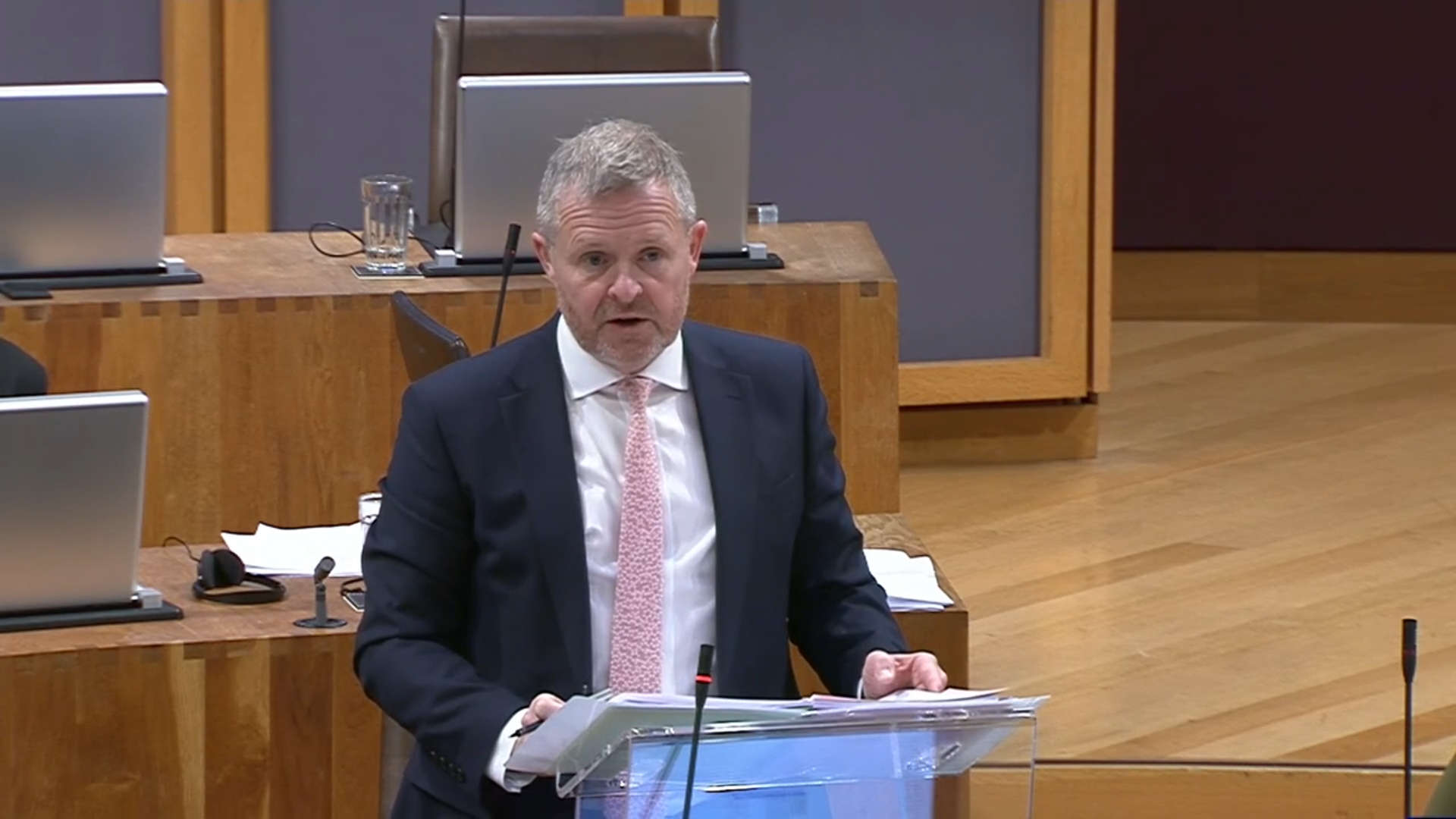 Unhealthy meal deal ban passes by one vote
Unhealthy meal deal ban passes by one vote





